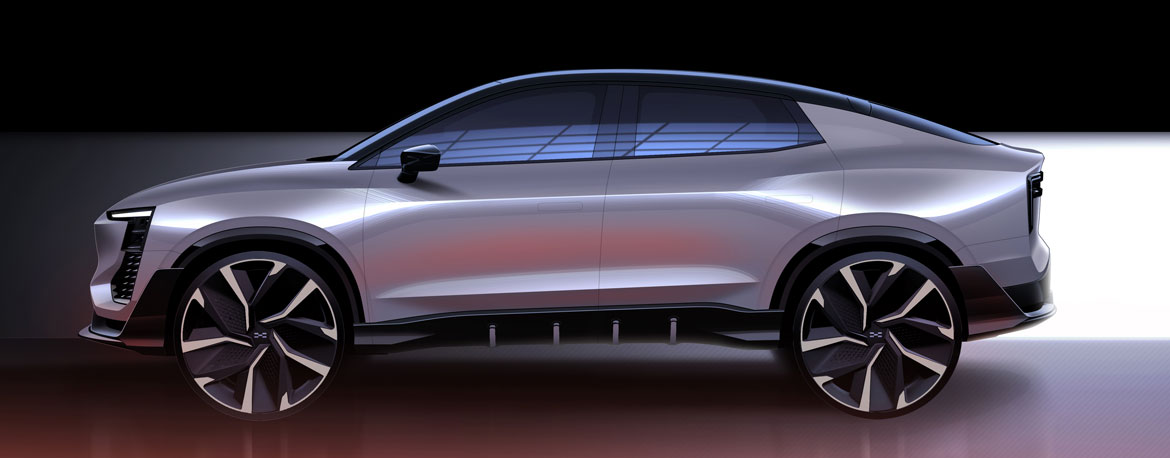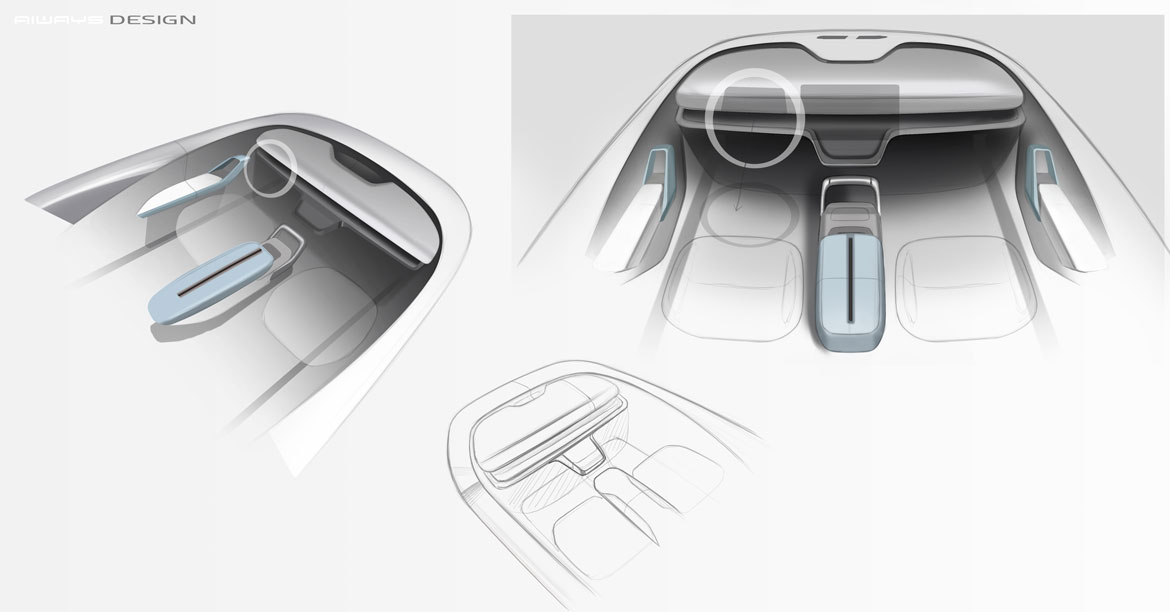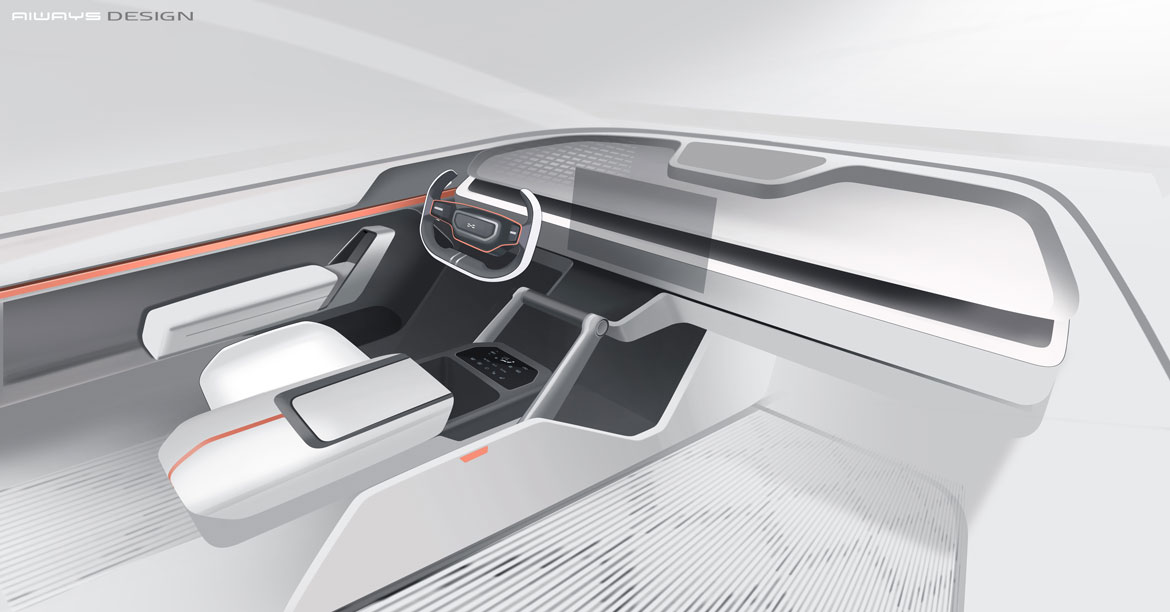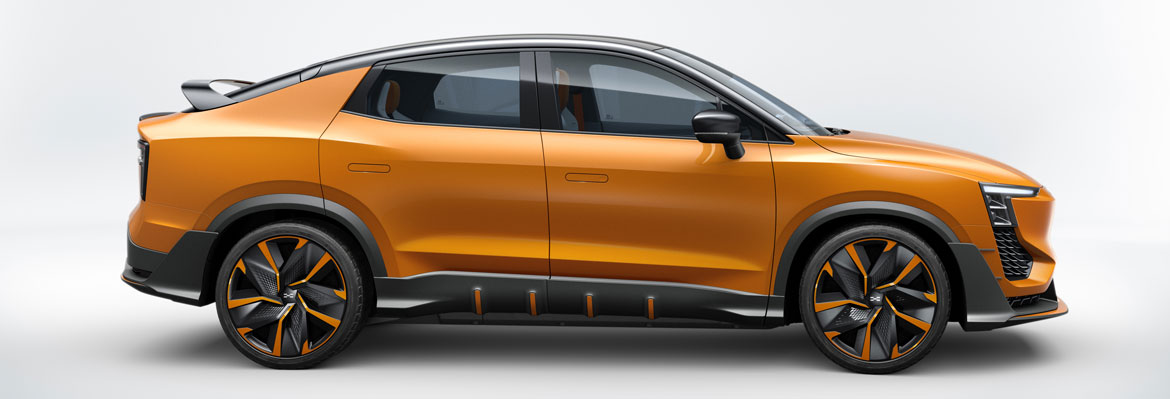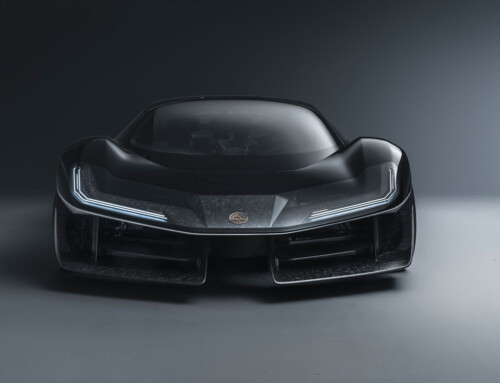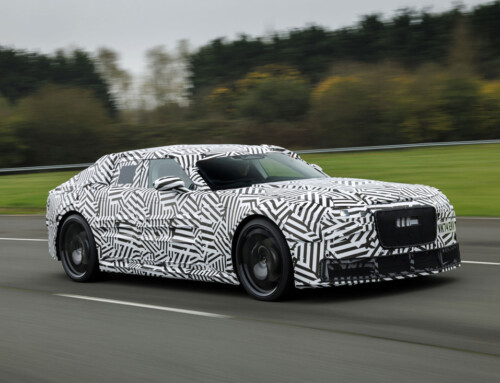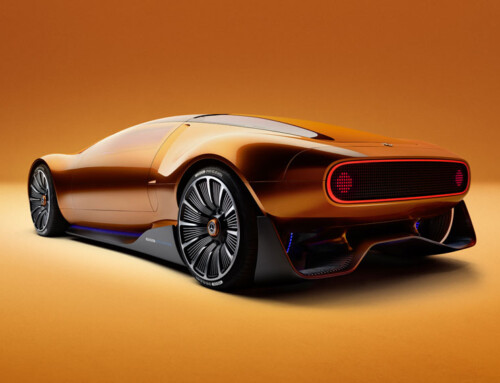The success of a new automotive brand is never a given, but when technological features and good design meet, the challenge becomes even more interesting. While Aiways, the Chinese electric vehicle manufacturer, is preparing to launch its first zero emissions SUV, the U5, in Europe, it has already announced the arrival of a second model preceded by the U6ion concept car.
Designed also for Europe
To better satisfy the stylistic tastes of Europeans, Aiways entrusted the supervision of its own vehicles’ design to Ken Okuyama, past creative director for Pininfarina in the early 2000s and creator of many successful sports cars, including the Ferrari Enzo and the Maserati Quattroporte Mk V.
Technology without excess
“Work with the design team began by developing the basic lines of the Aiways products. They all need to express great technology, but in a simple way, without useless excess”, Okuyama explains. Thus it was for the U5 and is for the U6ion, a SUV-coupé prototype with fluid, sporty lines that will arrive on the roads in the early months of 2021.
Advanced User experience
“The U6ion adopts technological features to simplify people’s lives. On the dashboard, for example, there is a small robot, a man-machine interface equipped with advanced voice recognition that can speak, listen, and be used to control various vehicle and entertainment functions”, Okuyama continues.
Sporty design
The U6ion is characterised by a rather sporty design, with aerodynamic appendages, widened wheel arches, and an eye-catching spoiler at the base of the rear window. Based on Aiways’ MAS (More Adaptable Structure) platform, which is dedicated to zero emissions cars with the batteries arranged along the whole floor, it has a character that Okuyama defines as light.
Everything is “touch”
The lightness theme is taken up again in the interiors “through the design of the narrow seats, the steering wheel that is cut at the top, and the gear stick that seems to float”. The great luminosity is a result of the light colours, the big glazed surfaces (thanks to a not-too-high waistline), and by the glass roof that extends from the windscreen to the rear window. Away with physical buttons: everything is managed from a big 14.6-inch tablet positioned horizontally at the centre of the dashboard.
(Full article in A&D no.242)


